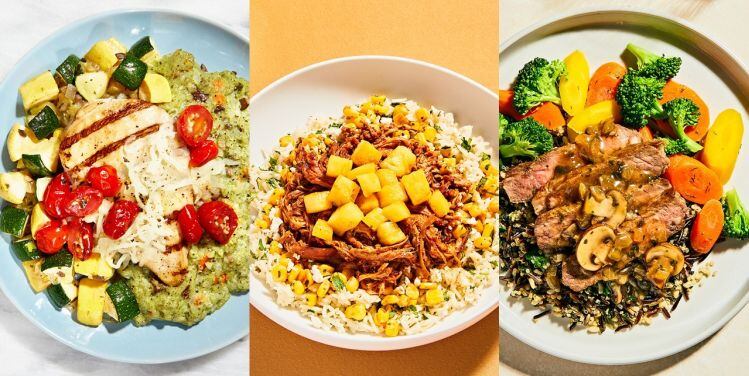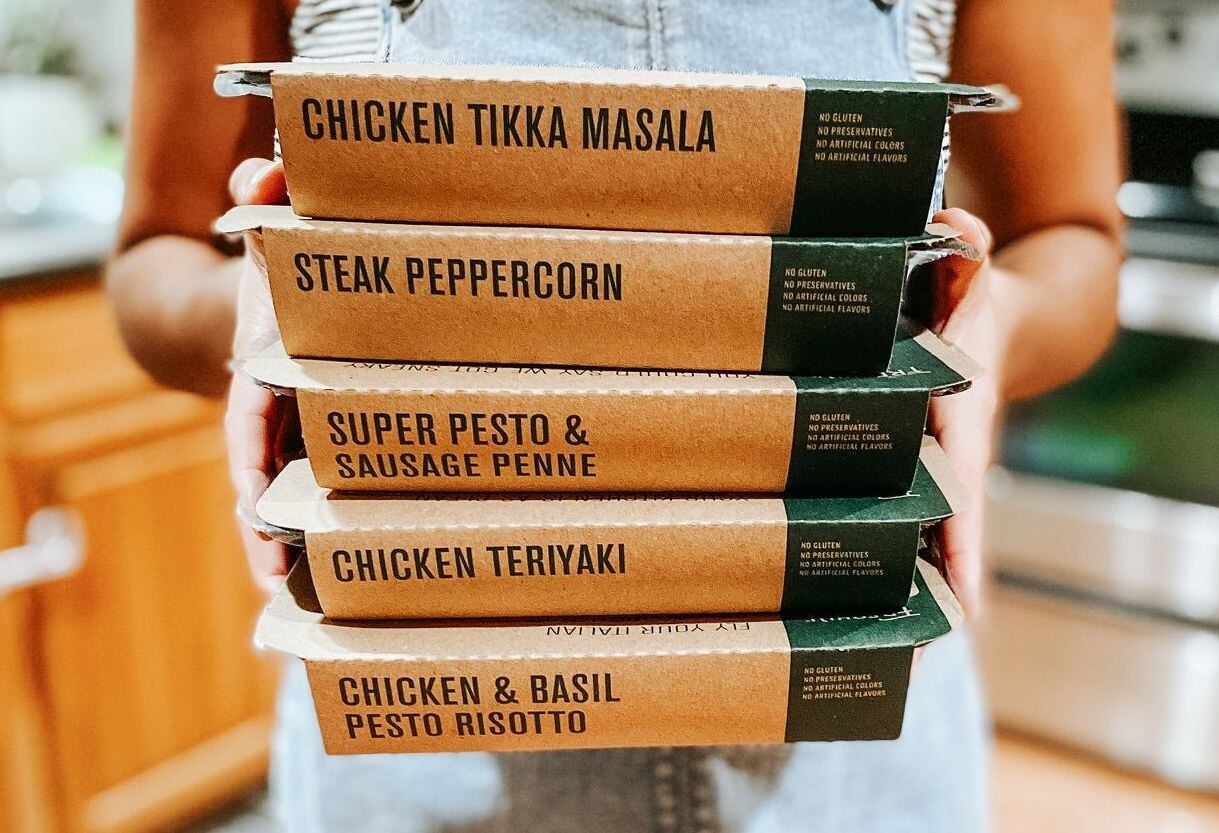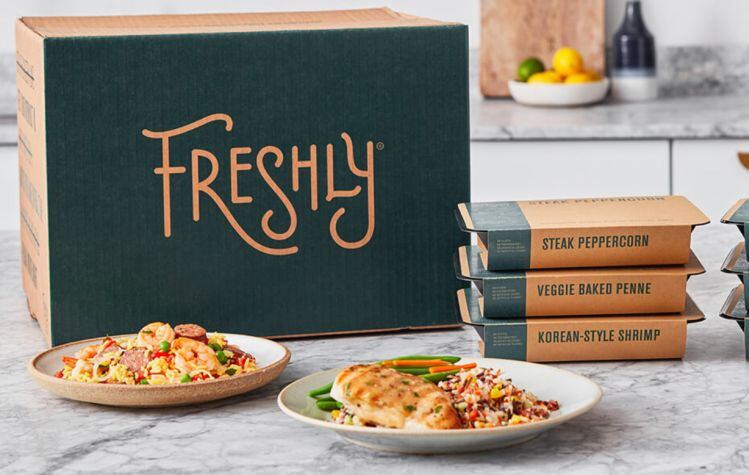New York-based Freshly - which was founded by Michael Wystrach and Carter Comstock in 2012, and now offers next-day delivery to 48 states from kitchens in New Jersey, Maryland, and Arizona - does not share any numbers, but says it is now shipping out around one million meals a week (which at an average of $10/meal would equate to annualized sales of $520m).
While the 1m meals/week figure is lower than it was during the early weeks of lockdown, it is well ahead of the firm’s pre-COVID-19 figures, notes Wystrach, who says Freshly is a profitable business that expects 2020 sales to grow “over 50%” vs 2019.
“We’ve seen a huge influx of new customers, and existing customers are still ordering around 10% more now [vs pre-coronavirus]. We’ve also seen an increase in people ordering food for elderly parents, but in general I’d say there are three power users: young urban singles or couples with no kids; families with kids aged 10 and older; and then empty nesters.”
Freshly has also launched a b2b service to tap into demand from senior care facilities and other locations where thanks to COVID-19, catering services have been disrupted.
While the data shows that things have calmed down somewhat from late March and early April when online food sales surged, few doubt that COVID-19 has accelerated the adoption curve of food e-commerce, says Wystrach.
“I think we’ve hit a tipping point.”

Convenience, freshness, pricing, quality
So what’s the appeal of the service – which delivers 4, 6, 10, or 12 chilled ‘heat and eat’ meals a week ($8.49-$11.49 depending on how many you buy) – compared with meal kits such as HelloFresh or Blue Apron; ad-hoc delivery services such as GrubHub, which don’t require a subscription; or grocery shopping sites such as Walmart.com, where you can order a week’s worth of frozen meals for significantly less?

The above options all meet different needs, says Wystrach, who says many people don’t have the time or energy to make meal kit meals; that Freshly is 30-40% cheaper than ordering hot meals from restaurants via GrubHub or UberEats; and that frozen meals – while cheaper – do not deliver the restaurant-quality experience of Freshly.
‘Every single year, people are cooking less’
But how big is the addressable market, and with a recession now getting into full swing, how many Americans can afford to spend $8-12/meal?
While COVID-19 has clearly forced a lot of Americans back into the kitchen in the short term, he said, the long-term trajectory is clear: “Every single year, people are cooking less, and the fact is that the food market is $1.4tr and it’s going online at scale. And so we feel the market potential is massive.”
As for pricing, costs will come down with scale, he says: “Yes, today we’re in that top quartile of those that can afford these kinds of products, but we do believe that in the next five to 10 years it will be 50%, and from there, ultimately our hope is that everyone can afford this, but right now in America it’s cheaper and easier for people to eat unhealthy food.”
The online subscription model
Asked whether consumers are reluctant to commit to online subscription services for prepared meals or meal kits, Wystrach says the failure of some high-profile players in the segment should not be seen as proof that the model doesn't work.
“I think people blamed the failures of some meal kit companies on the industry or the model, but HelloFresh is trading at north of $7bn."
If you make it super easy to pause, skip, or cancel, meanwhile, the commitment factor is not really a barrier, he claims, noting that the subscription model is "working pretty well" for Amazon Prime and Chewy.
“It’s a little bit like saying social networking won’t succeed because Friendster and Myspace failed.”
‘Nestlé is an amazing partner to us’
Nestlé, which acquired a minority stake in Freshly in June 2017 and has a seat on its board, works closely with Freshly on R&D, food safety, and manufacturing, but does “not have a right-to-purchase or anything like that,” says Wystrach.
“Nestlé is an amazing partner to us and we’ll have to see where things go.”
Right now, the focus is on adding new capacity to meet demand, he said: “We would be growing a lot faster, but demand far outstrips supply.”
The company has not made public announcements but job boards show it’s hiring for production and warehouse roles in Commerce, California.

New York-based Freshly was founded by Michael Wystrach and Carter Comstock in 2012. Its gluten-free microwaveable meals are delivered to people's homes with a refrigerated shelf life of about 4-5 days and have an emphasis on "complex carbs, nutrient-dense ingredients, quality proteins, and healthy fats" with an average of around 500 calories and 30 grams of protein.
Customers can order 4, 6, 10, or 12 meals per week.

